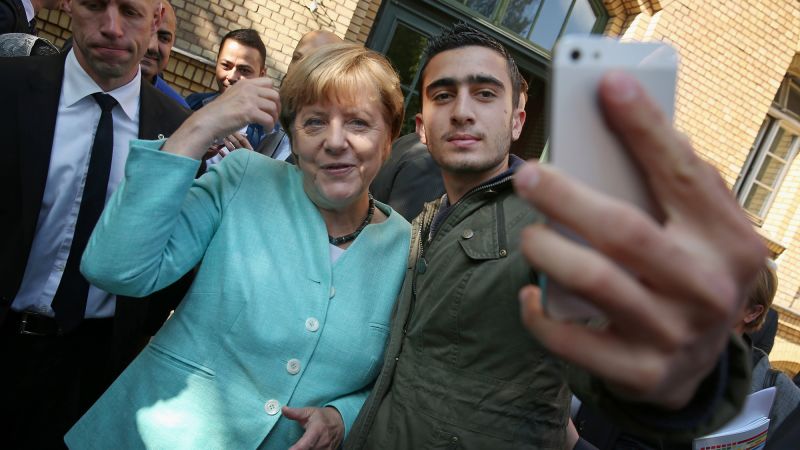
Germany's Response to the Refugee Crisis: A Decade of Integration
Opinion | 9/5/2025
Germany opened its doors to 1 million refugees a decade ago, including Anas Modamani, a Syrian who sought shelter from civil conflict in 2015. Modamani’s story is emblematic of the broader wave of migration that reshaped the country. The influx of refugees sparked a transformation in Germany’s demographic landscape and cultural fabric.
Since the mass influx of refugees, Germany has witnessed a notable shift in public sentiment towards immigration. Anti-immigrant attitudes have gained traction in certain segments of the population, reflecting a growing unease with the challenges posed by integration and cultural differences. This shift has fueled debates on national identity and social cohesion.
In response to the refugee crisis, Germany implemented various policies aimed at managing the integration of newcomers. Efforts have focused on providing language training, education, and employment opportunities to help refugees rebuild their lives and contribute to society. Despite these initiatives, the process of integration remains complex and multifaceted.
The influx of refugees has also had economic implications for Germany. While the country has benefited from the skills and labor brought by newcomers, there have been challenges in terms of social welfare, housing, and labor market dynamics. The long-term impact of the refugee influx on Germany’s economy continues to be a subject of analysis and debate among policymakers and experts.
As Germany reflects on the legacy of its decision to welcome 1 million refugees, the country grapples with questions of identity, diversity, and social cohesion. The experiences of individuals like Anas Modamani underscore the complexities and ongoing efforts to navigate the implications of one of the largest refugee movements in recent history.


